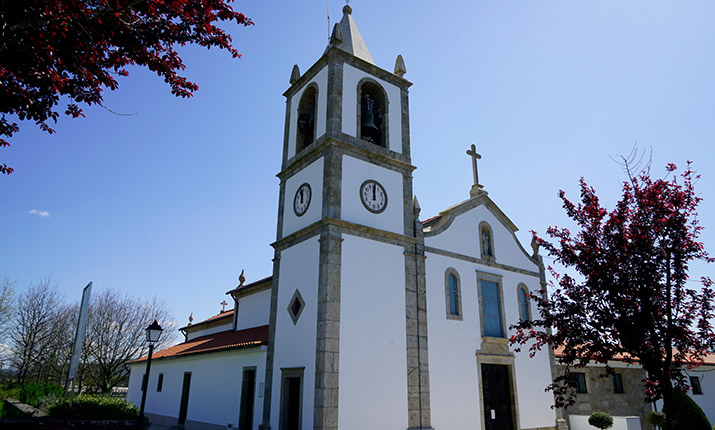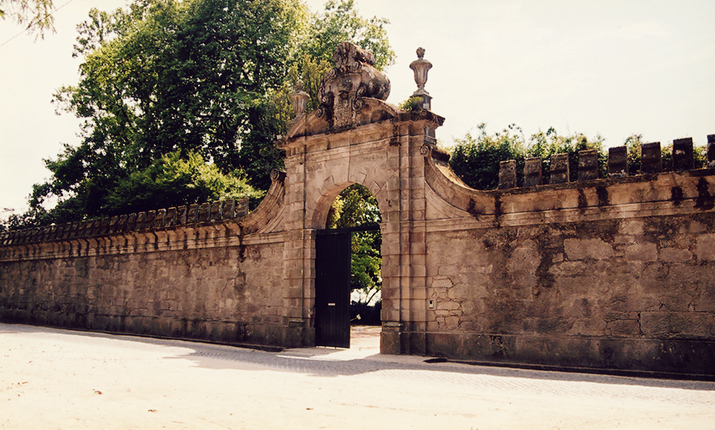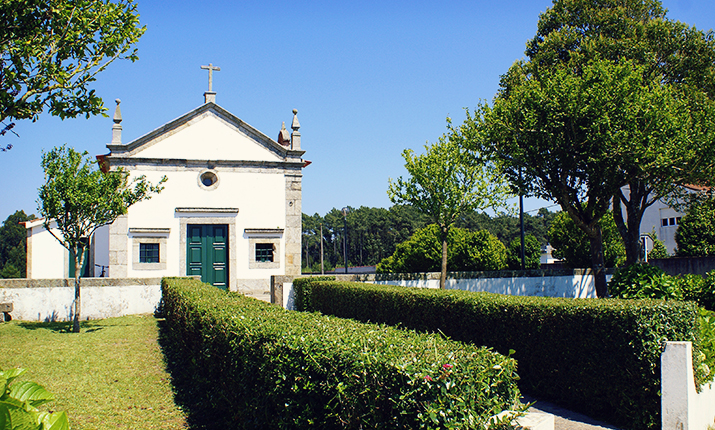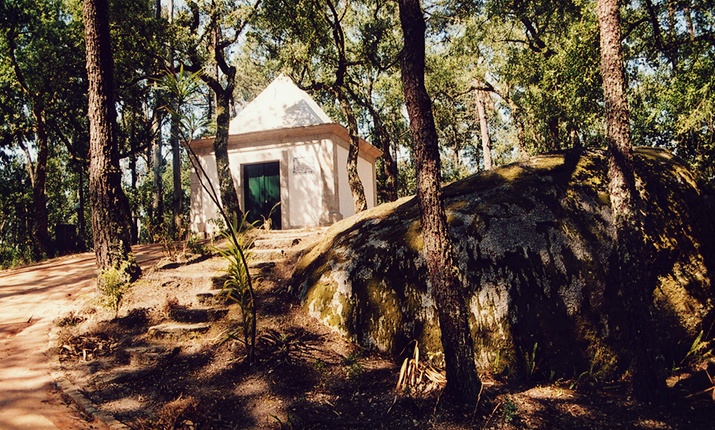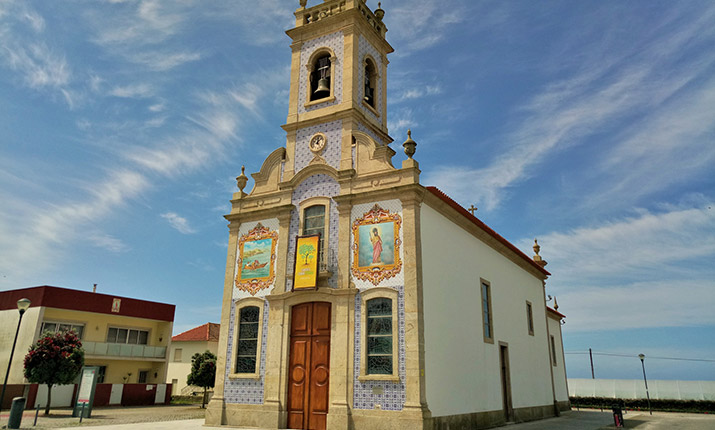
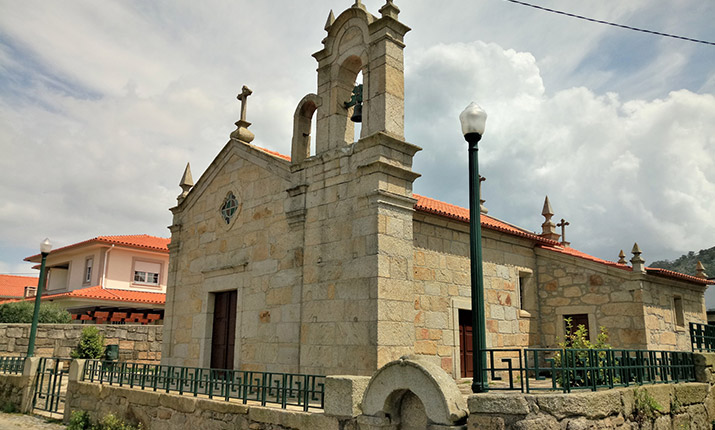
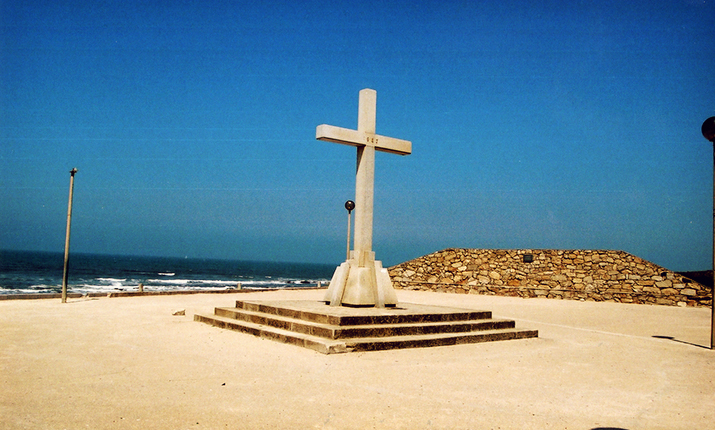
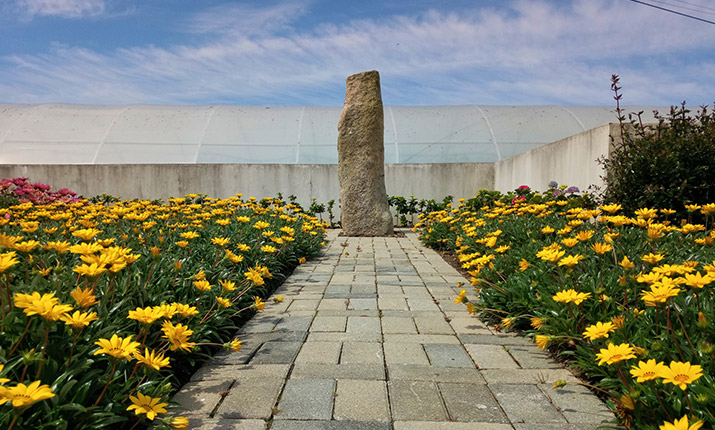
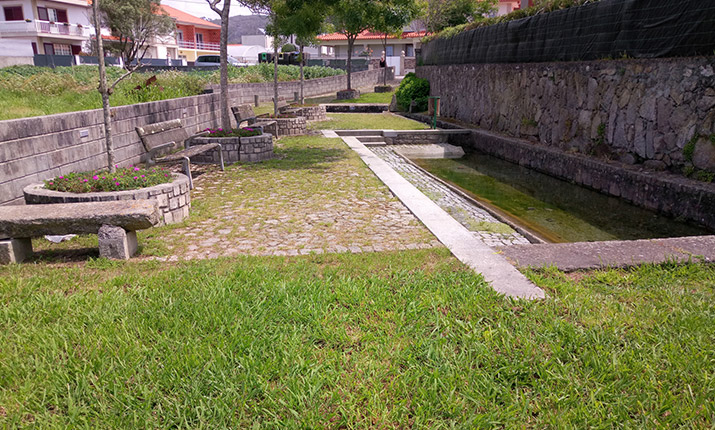
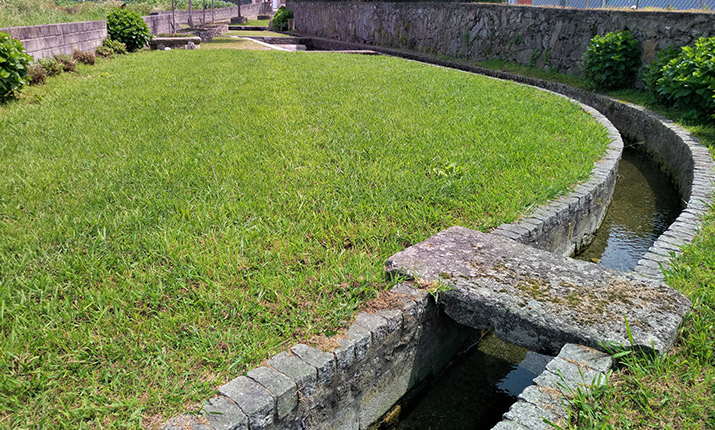
Mar
It was the year 1894 when the Minister of Public Works ceded to the Board of the Parish of S. Bartolomeu the lands where the current Parish Church was to be built. The works began in 1906 and were completed six years later. From then until the present time, many punctual works have been carried out, but, in essence, the church is that of the early twentieth century. Even before entering, do not you notice anything strange in this church? Of course! Surely you have already noticed that the door faces the east, and the head, with the high altar, facing the west. Exactly contrary to what is customary in churches. Inside you can admire the pictures that represent the via-sacra, arranged on the side walls. It is also worth noting the various niches and altars, with their images. Let's go outside. The churchyard may seem vast if you visit it on a normal day, but imagine it on a feast day, completely full of pilgrims and pilgrims!
It is precisely on August 24th that there is an annual pilgrimage in honor of St. Bartholomew, and in it the traditional "Holy Bath" is integrated. In fact, the "party" begins two days before, with the Flax Fair. Nowadays, this fair already sells everything but little linen, but it has its name. But you will still find much of the traditional and handcrafted objects, exhibited and marketed by the fair's stalls. The next day is dedicated to the party, the minho way, with the music, the party, the fireworks, a camp that is little different from others of this region. But the 24th, this is a special day! At mass, the procession of andores to the beach and the blessing of the waters follow. And, along with the whole journey, the traditional "Holy Bath". The oldest ritual would also include the use of holy water on a rock or stream diverted from the Chapel a few hundred meters, but nowadays the "Holy Bath" is really and only salt water, in full Atlantic waves. Especially children of young age go to the "Holy Bath". In the hands of a bath-giver experienced in these wanderings, they are immersed in the waters, in a ritual between the profane and the Christian, who intends to purify preventively by the action of the Ocean. After the bath, we must go and offer the Saint a blackcock. It will be difficult, on a day other than that of the feast, to imagine the hustle and bustle and the cacophony of the galinacea that runs along the beach and the streets. At the end of the day, the roosters are auctioned and the product reverts to the party itself. If you did not come to S. Bartolomeu on August 24th, check your agenda and come next year. Follow the popular block that says:
My love, ask your father. That I will also ask mine On the 24th of August Let's go to St. Bartholomew
The Old Church of Mar was, during long centuries, the matrix of the parish. But of the primitive temple, probably a small hermitage, only the documentary memory is left. The church that exists today will date from the five hundredth century, having been enlarged by two hundred years and due to the growth of the population of the parish. With the inauguration of the present Parochial Church of S. Bartholomew, the Old Church was abandoned. By the middle of the twentieth century, I was in a terrible state of neglect and ruin. Tiled roofs, hissed in and out, arches and half-felled walls ... a misery. But the locals did not settle for this situation and got to work. In four years the church has returned to a decent aspect. It was reopened to the service on August 23, 1954, and the parish priest promised that once a month there would be mass in this church. But the degradation returned and, by the end of the century, a new and profound intervention was necessary. But the marks of an ancient past remain and resist all these interventions. If you have a little time, look at the stones on the church walls for bricklayer marks. You'll find some really interesting ones.
The menhir behind the Parish Church is certainly in a very different environment from the one that surrounded it when it was planted. This menhir is more than 2 meters high, from the ground, and presents engravings that may suggest an anthropomorphic but very incipient figure. The menhirs would be megalithic monuments related to fertility cults or symbolic markings of territories. His time, for this region of the Iberian Peninsula, dates from the end of the Neolithic to the Bronze Age. They are usually coeval of other megalithic monuments - the dolmens or dolmen - these of funerary aspect. It is interesting to note that it has not been for many years that the popular tradition of the region further affirmed that the menhir, or "standard", as it is known, could not be removed from the place where it was: if it were removed, the sea would invade the now fertile fields, sterilizing them for agriculture.